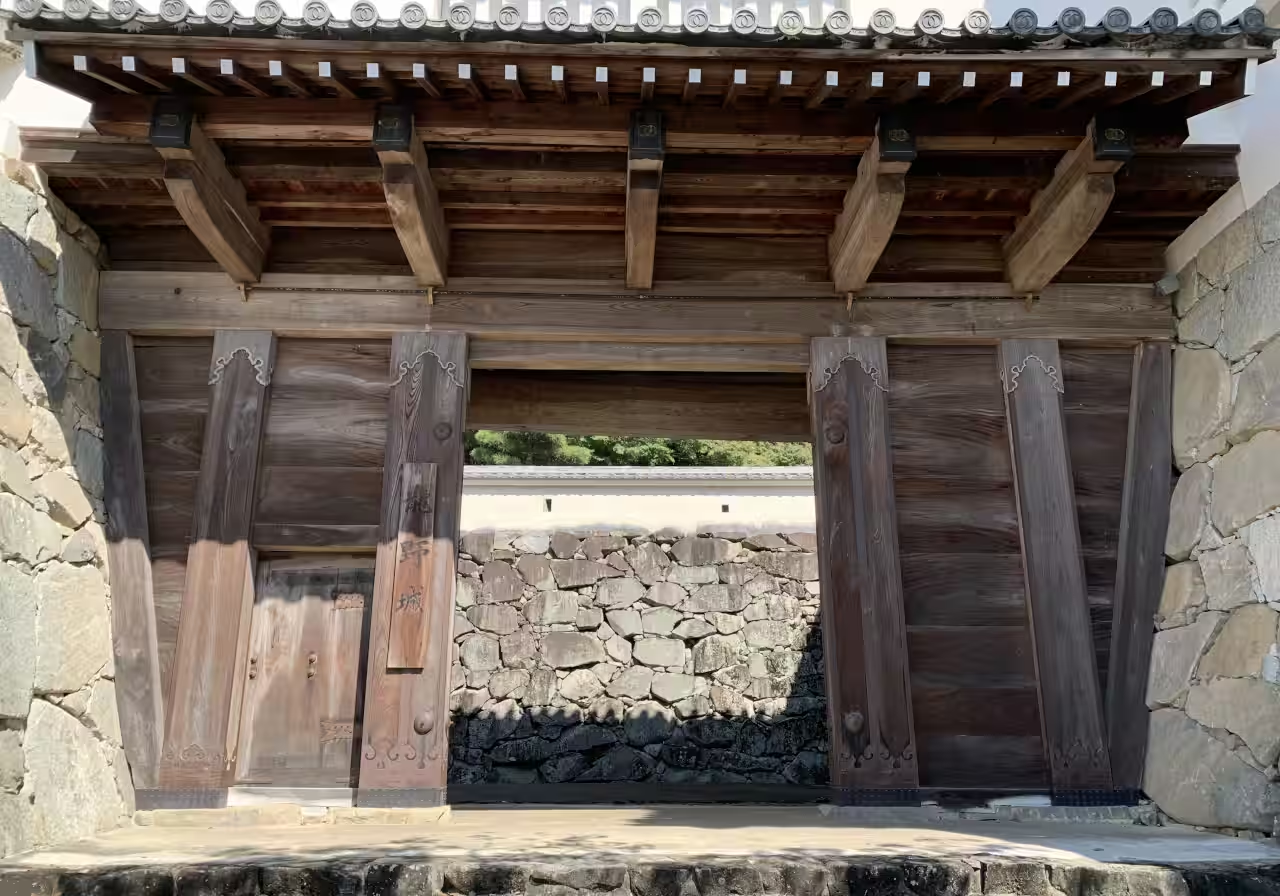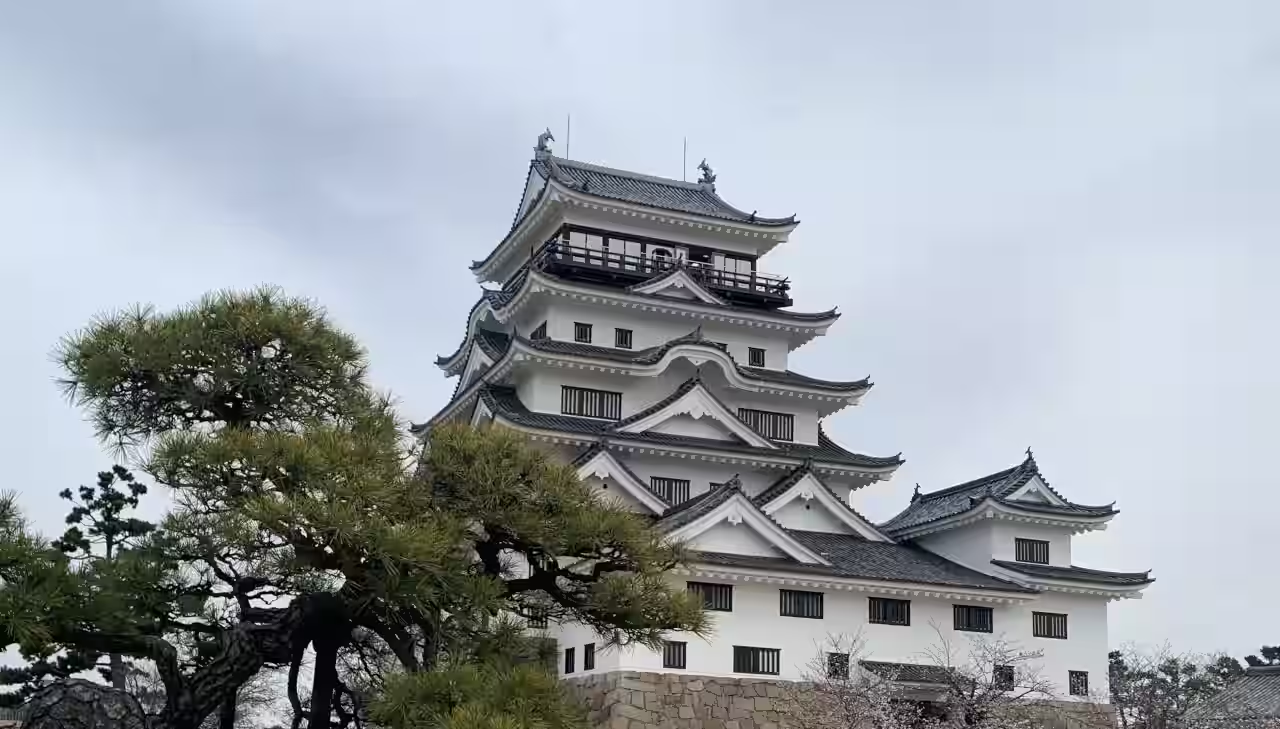Why was Takagi Yaemon severed from the Tatsuno domain? (This follows up on my earlier post). Recently, I came across new information in the National Diet Library’s Digital Collection that may finally shed light on this long-standing question.
There exists a fictional narrative titled The Tatsuno Disturbance Chronicle, based on an actual conflict that took place within the Tatsuno domain. The story blends fact with fiction, incorporating the names of real historical figures, while the antagonists’ names are largely obscured and replaced with fictional ones. A few manuscript versions of the tale survive, though the author and exact date of composition remain unknown. The story unfolds as follows:
Wakisaka Yasuoki inherited leadership of the Tatsuno domain at the tender age of just five. By order of the Tokugawa shogunate, he was required to remain in Edo for a period of time, leaving domain affairs in the hands of Wakisaka Gemba - the domain’s de facto second-in-command and chief retainer, who was from a cadet branch of the Wakisaka family.
While Yasuoki was away, Gemba began diverting public funds for personal use, starting with medical expenses for his child. His embezzlement escalated into extravagant spending and waste. When the misappropriation of funds came to light, Gemba conspired with another branch of the Wakisaka family, led by Wakisaka Yasutoshi, aiming to replace Yasuoki with Yasutoshi’s son and seize control of the domain.
What followed were multiple assassination attempts on Yasuoki’s life in Edo, including failed poisonings and attacks by hired assassins. Upon his long-awaited return to Tatsuno, yet another plot was hatched - this time involving poisoned manju sweets served at a celebratory banquet. This final attempt also failed, and the conflict that had split the domain was ultimately resolved in Yasuoki’s favor.
There were calls for severe punishment against all members of Gemba’s faction. However, the group’s size was so significant that revealing the full extent of their involvement to the shogunate might have resulted in the domain’s abolition (kaieki). To avoid this outcome, the matter was handled discreetly and internally.
In the aftermath, Gemba was forced into retirement. His henchman - directly involved in the assassination attempt - was captured, stripped of his samurai status, and officially reclassified as a commoner. To ensure his silence, all of his teeth were extracted, rendering him unable to speak. He was later executed by beheading under the pretense of an unrelated offense.
In contrast, most of Gemba’s supporters were spared the death penalty. In a powerful act of reflection and remorse, they were made to watch a Noh play that mirrored their own betrayal - driving home the consequences of their actions. Their punishment was ultimately limited to dismissal and exile from the domain.
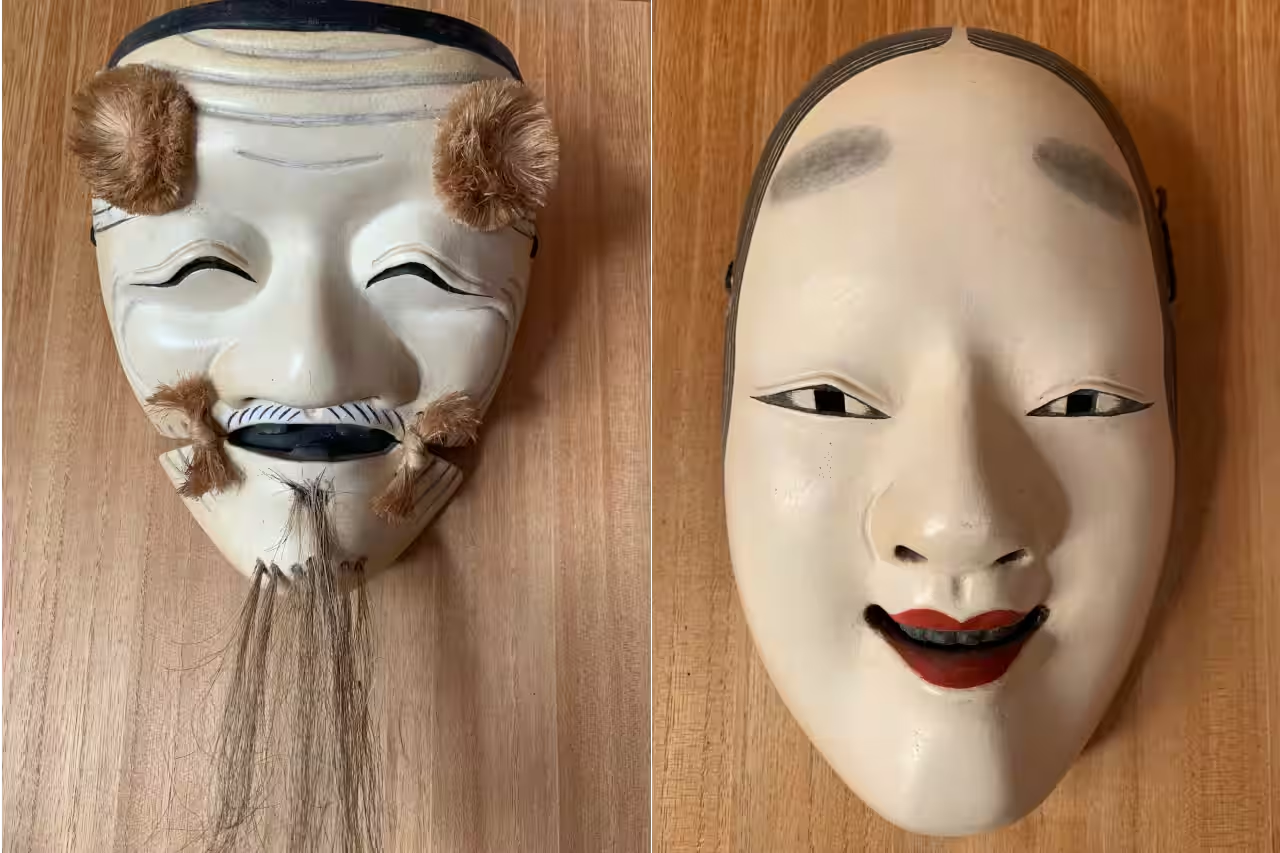 Masks of Noh - a classical Japanese theatrical art form that samurai appreciated both as performers and spectators - at its core, reflecting the values they held dear: bravery, integrity, loyalty, dignity, and grace
Masks of Noh - a classical Japanese theatrical art form that samurai appreciated both as performers and spectators - at its core, reflecting the values they held dear: bravery, integrity, loyalty, dignity, and grace
According to historical records, Gemba was indeed a real chief retainer of the Tatsuno domain - although it’s difficult to determine exactly which Gemba is being referenced, as the same name was used across multiple generations. It is documented that Gemba's excessive spending strained the domain’s finances. This led to drastic cost-cutting measures, such as halving the stipends and land grants of retainers, imposing what were nominally “loans” on merchants (but were essentially forced donations), and increasing taxes on farmers.
Naturally, these actions sparked opposition both within the domain's administration and among the local population. Support for the young lord began to grow, and even some members of Gemba’s faction reportedly turned informant. Although the young lord Yasuoki lacked a strong political foundation, he managed to suppress the internal conflict upon his return to Tatsuno - without outside intervention.
Records from the bungen-cho (roster of retainers and stipends) indicate that those believed to have contributed to Yasuoki’s victory were rewarded with significant increases in stipend. Meanwhile, one individual thought to have been a key informant who betrayed Gemba did receive such a reward, but also incurred deep resentment from the Gemba faction. According to one record, in the summer three years later, this person was pushed into a river by an unknown rider on horseback and drowned.
Gemba’s faction was said to comprise roughly 30% of the retainers in the Tatsuno domain. This figure closely aligns with official records I referenced in the previous post, which show that about 20% of the domain’s retainers - including my own ancestors - were severed from their posts, as noted in the domain’s bungen-cho.
Another interesting story comes from a discovery by the Tatsuno City Medical Association, which unearthed a record in the Machikata Monjo - a collection of Edo-period town documents preserved in the Tatsuno archives.
In 1693, a chugen (a mid-ranking servant) employed at the residence of Haneda Sochiku, the Wakisaka clan’s personal physician, committed a serious and reckless act and fled the household. Sochiku pursued him and, in front of a palanquin shop, attacked him with a sword, inflicting injuries.
The wounded chugen fled further but was eventually restrained at a blacksmith’s shop and then detained at the residence of Takagi Yaemon - who is believed to be my ancestor. Following a series of inquiries, the chugen was transferred to a jail cell that night. Around midnight, a physician was summoned to treat his wounds.
Four days later, on August 10, the chugen was executed. Two days after that, Sochiku was exiled from Tatsuno.
The precise nature of the chugen’s offense remains unclear. The official records omit any explanation - effectively suppressing key details. What, then, was so sensitive that it warranted concealment?
Why was the chugen held specifically at Takagi Yaemon’s residence? What sort of inquiry took place there?
Traditional Kampo medicine, which began developing in the early Edo period, was based on the Chinese pharmacopoeia Bencao Gangmu (known in Japanese as Honzo-komoku). Japanese scholars studied it extensively, identifying domestic equivalents to the Chinese ingredients it cataloged. Over time, this system evolved into a uniquely Japanese form of medicine.
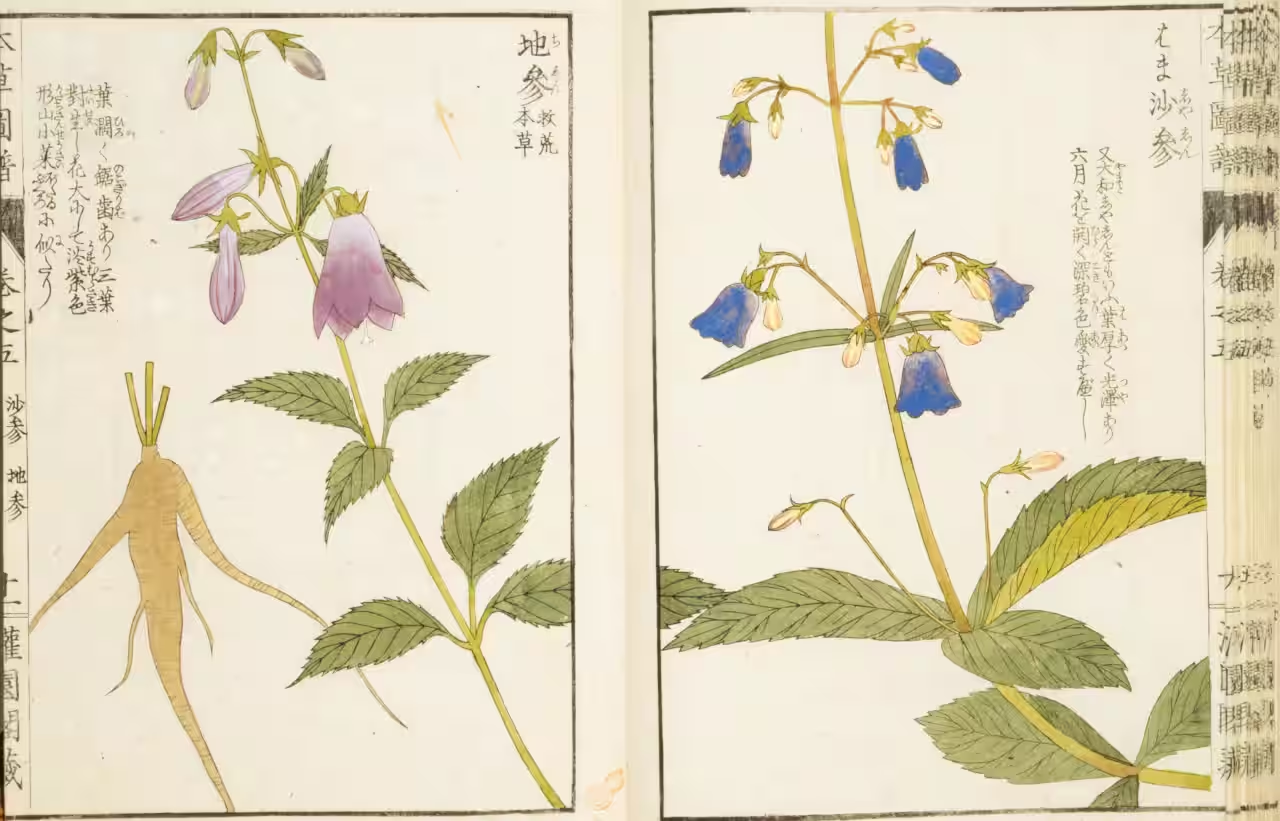 Honzo-zufu, botanical reference book by Iwasaki Kanen, herbalist at late Edo-period
Honzo-zufu, botanical reference book by Iwasaki Kanen, herbalist at late Edo-period
Among the potent substances known in that era was hanmyo - a toxic powder derived from blister beetles that contains the compound cantharidin. Though infamous as a poison, hanmyo also had legitimate medical applications: it was widely used as a vesicant (to draw out pus from abscesses), and in small doses, it was believed to have aphrodisiac, diuretic, mood-stabilizing, and anesthetic properties. It was even used to treat venereal diseases.
Physicians of the time often worked with potent substances that would be considered highly dangerous by today’s standards, as no formal regulations on medicine existed back then.
This raises a lingering question: where did the Gemba faction acquire the poisons used in their assassination attempts? It is tempting to speculate that the chugen - or even Sochiku himself - may have supplied such substances, and that their conflict arose from this illicit involvement.
Interestingly, a map of samurai residences from the time shows that Takagi Yaemon’s house was just one property away from that of Gemba. It’s hard not to notice how this real-life event mirrors parts of the Tatsuno Disturbance Chronicle, which itself was based on actual incidents. Mere coincidence?
I have no desire to portray my ancestor in a negative light. Yet, considering all available evidence, it seems likely that Takagi Yaemon was not merely aligned with the Gemba faction, but may have been one of its central figures - given his rank and apparent closeness to Gemba.
In my great-grandfather’s memo, Yaemon is described as having “lost in battle". But perhaps what he truly lost was a political struggle, which ultimately led to his formal severance from the domain and exile.
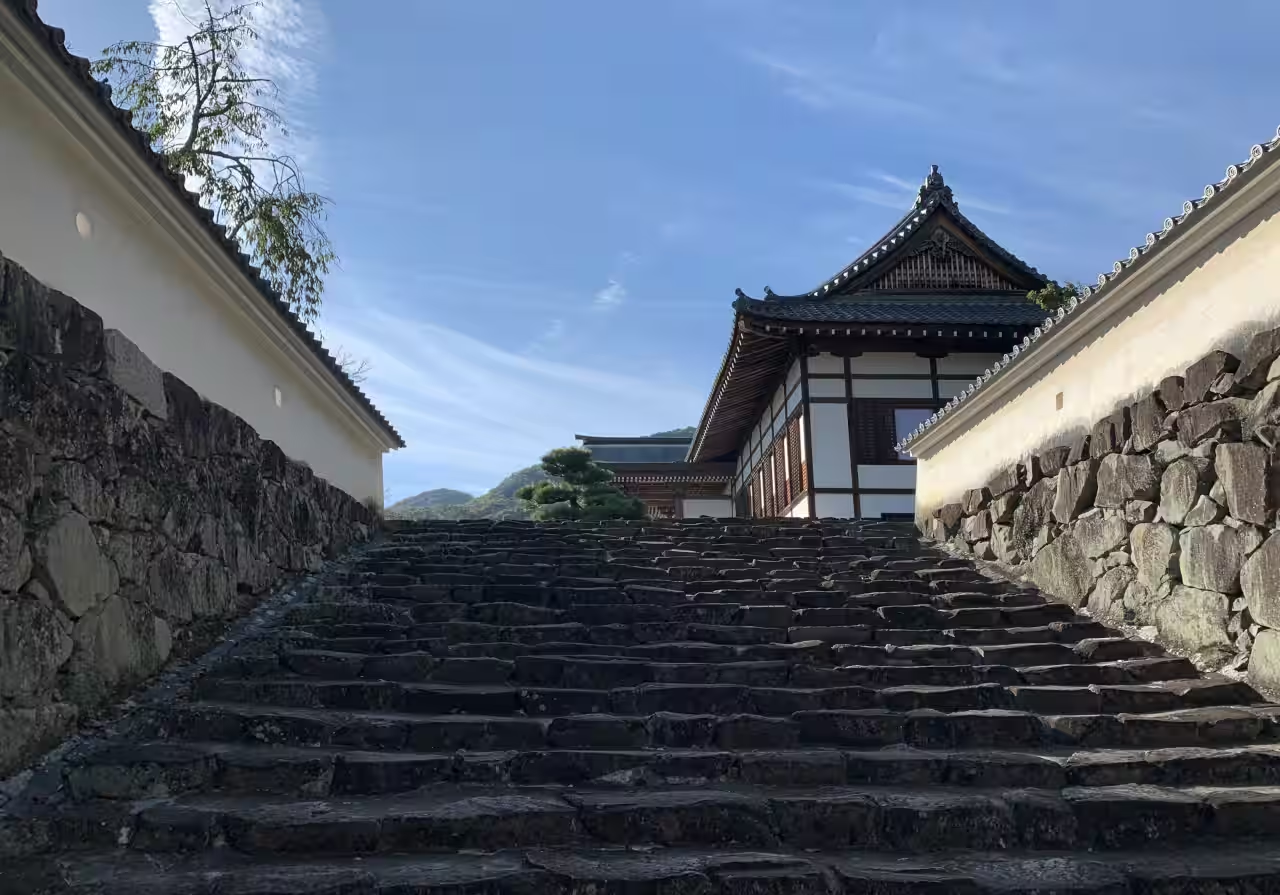 Stone steps to the main compound palace at Tatsuno castle
Stone steps to the main compound palace at Tatsuno castle
